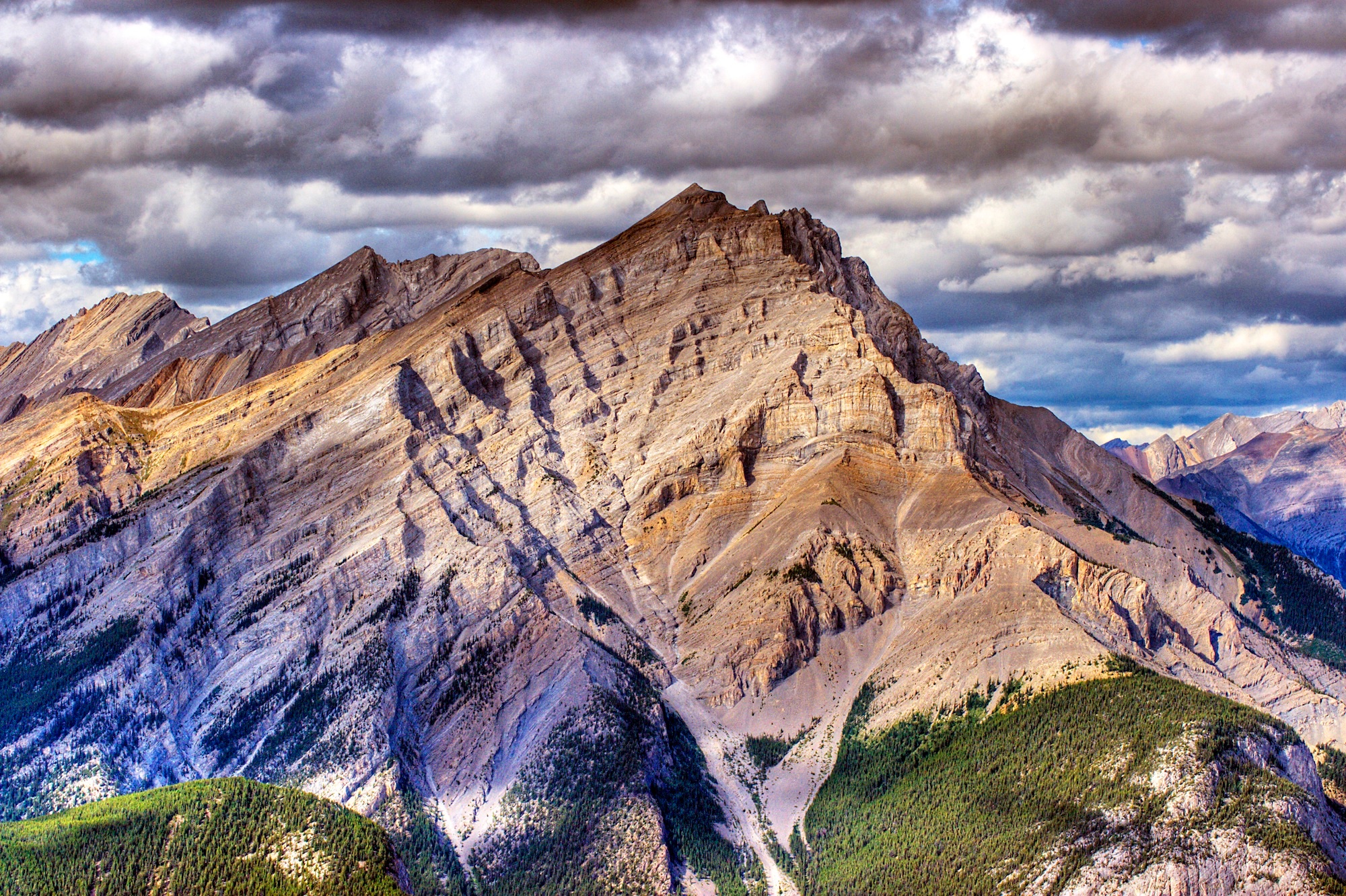With a slew of bankruptcy filings in recent years, the outlook for coal mines in West Virginia looks bleak. While promises by President-elect Donald Trump to repeal environmental legislation and reinvigorate the coal industry were favorably received by West Virginians, there are many other market forces that impede the resurgence of coal. It’s easy to pin the decline of coal on the Obama administration’s pro-environmental stance, but the truth remains that coal has been trending downward for several decades.
In its heyday, a major boon for the coal industry was the parallel rise of steel production, which required coal to fuel the blast furnaces in the metallurgy process. As the steel industry declined in the United States due to cheaper steel production overseas, so did the industries that provided the product’s inputs. The remaining coal demand in the United States is for energy purposes in the form of thermal coal, but the outlook for this too isn’t positive.
Over the past several years, natural gas production in the United States has been on the uptick thanks to advances in fracking technology. As a result, the market has become flooded with cheap natural gas, and new power plants will be built to cater to that energy source, not coal. In the end, it would be costly and impractical to build coal plants when there isn’t a demand for that product on the market.
Another problem for the coal industry in West Virginia is that strip mining out west provides a safer and more readily available supply of coal. There isn’t much incentive in a free market for companies to work east of the Mississippi River when the same product can be extracted out west much cheaper, and at greater quantities. Easily mined coal deposits, just below the surface of Appalachia, have gradually waned over the past century, and the last process that coal companies still see as viable is becoming a blight on the state’s natural beauty and hinders emerging economic prospects not related to resource extraction.
The mining that still remains in West Virginia is increasingly shifting to extracting coal via mountaintop removal. This is a process by which the peaks of mountains are hewn off with explosives in order to get at the remaining shale deposits, an environmentally devastating attempt of a waning industry to remain solvent. These mountaintop removal projects require only a dozen or so workers to operate machinery compared to the hundreds employed in traditional, labor-intensive underground mining. The end result is a mining process the Trump administration is offering tax breaks and subsidies to, but won’t help to employ the vast majority of out of work coal miners. Additionally, from an opportunity cost perspective, the process is more than an aesthetic affliction on the Mountain State’s landscape. By refusing to adapt to market realities, West Virginians will miss out on emerging economic growth.
There is a very real opportunity in West Virginia to build a tourist economy based around the Shenandoah Valley and Appalachian Mountains, and tap into renewable energies such as geothermal and wind power, but it is crippled so long as locals cling to hopes that coal will miraculously recover. The hard truth the incoming administration needs to face is that deregulating the market won’t bring back the demand for an outdated product. If the Trump administration moves forward with its promises, it would have to provide a level of subsidization and tax breaks to the coal industry that is antithetical to the free-market philosophy it touts.
Kyle Rempfer is a sophomore government & politics and Russian major. He can be reached at krempfer@terpmail.umd.edu.



